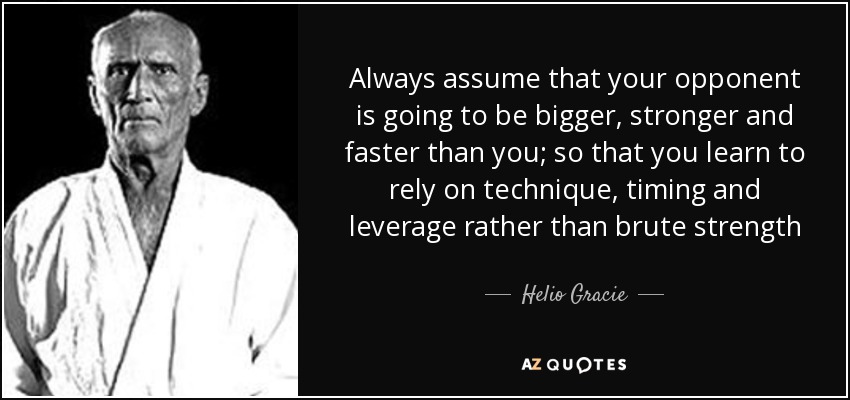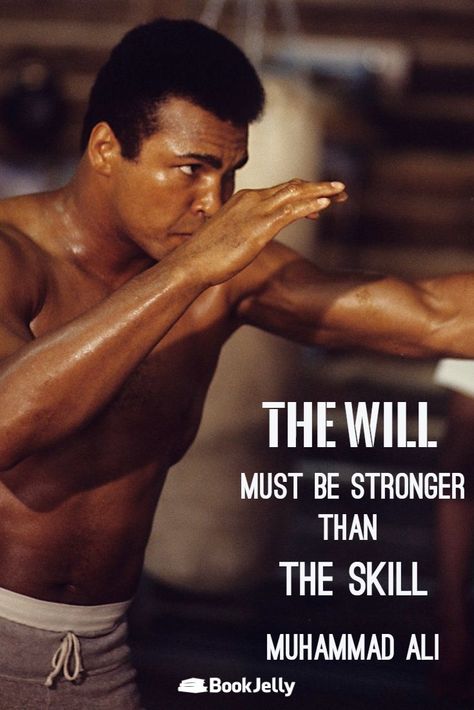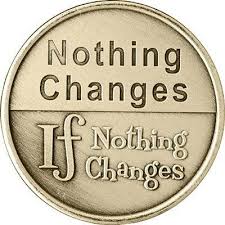
Wing Chun is in danger of becoming a dinosaur or worse yet a religion.
This is a reposting of something from 2021, I think it is well worth revisiting.

Who did what, where, when and why?
Back in the mid-1850s, Leung Jan of Foshan {the creator of Wing Chun} was a doctor, herbalist and bonesetter working with the Red Boat Opera Troupe in Guangdong Province.
From his experiences with the Martial Arts actors of the Red Boat Troupe, he formulated a new Martial System that he called Wing Chun.
As a bonesetter, he would have been conscious of anatomically correct movement, and of course, would have avoided any of the injury-causing movements that he would have been treating the Red Boats Martial Artists for.
If we relate his situation/position then to what occurs today he would have been akin to a modern-day Physical Therapist working through a CrossFit Gym.
Perhaps along the lines of T.R.S’s Kelly Starret or Smashwerx’s Trevor Bachmeyer.
He was coming from a position of avoiding injury but more importantly doing things better than before.
Fast forwards to 1950, Hong Kong, Ip Man opens a school that would ultimately bring Wing Chun to the world.
It is doubtful that Ip Mans Wing Chun was remotely similar to Leung Jan’s, his knowledge came from a variety of sources and from the outset his ideas reflected the living experiences he had as an undercover policeman and intelligence officer.
Dark alleys, multiple attackers.
It is well documented that Ip Man deliberately removed many of the traditional Chinese elements from his Wing Chun, such as the Bagua and 5 elements, to appeal to the more modern thinking young people of post-civil-war Hong Kong.
Three times Ip Man changed the presentation and content of his Wing Chun to the point that when his sons joined him in Hong Kong in the early 1960s they did not recognise the art he was teaching compared to the art he taught them in Foshan.
Ip Man was feeling the pulse of the times and quite possibly created a new Martial Art.
Just like Dr Jan of Foshan, he was coming from a position of doing things better than before.
Two of Ip Mans more famous students, Wong Shun Leung and Chu Shong Tin, went on to make severe departures to what Ip Man had taught them, interestingly their changes were in contrary directions to each other.
Their reason for the change was more an update than a reinvention, they were coming from the same position of doing things better than before.
Ip man passed in 1972, Wong Shun Leung passed in 1997, Chu Shong Tin passed in 2014.
If we look around the Wing Chun world, everyone is ideologically stuck in the late 20th century Hong Kong.
Wing Chun is in danger of becoming a dinosaur or worse yet a religion.
Surely it is time for someone to be coming from a position of doing things better than before.
The old torches have long since burnt out.
WHEN YOU UNDERSTAND, THINGS ARE JUST THE WAY THEY ARE.
WHEN YOU DO NOT UNDERSTAND, THINGS ARE JUST THE WAY THEY ARE.
















